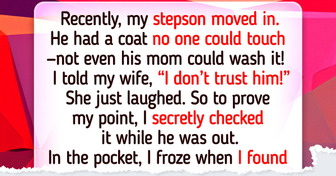12 Moments That Prove Kindness Takes Seconds but Stays Forever
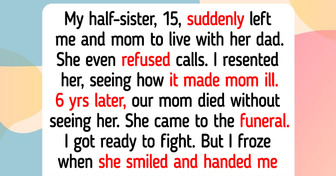
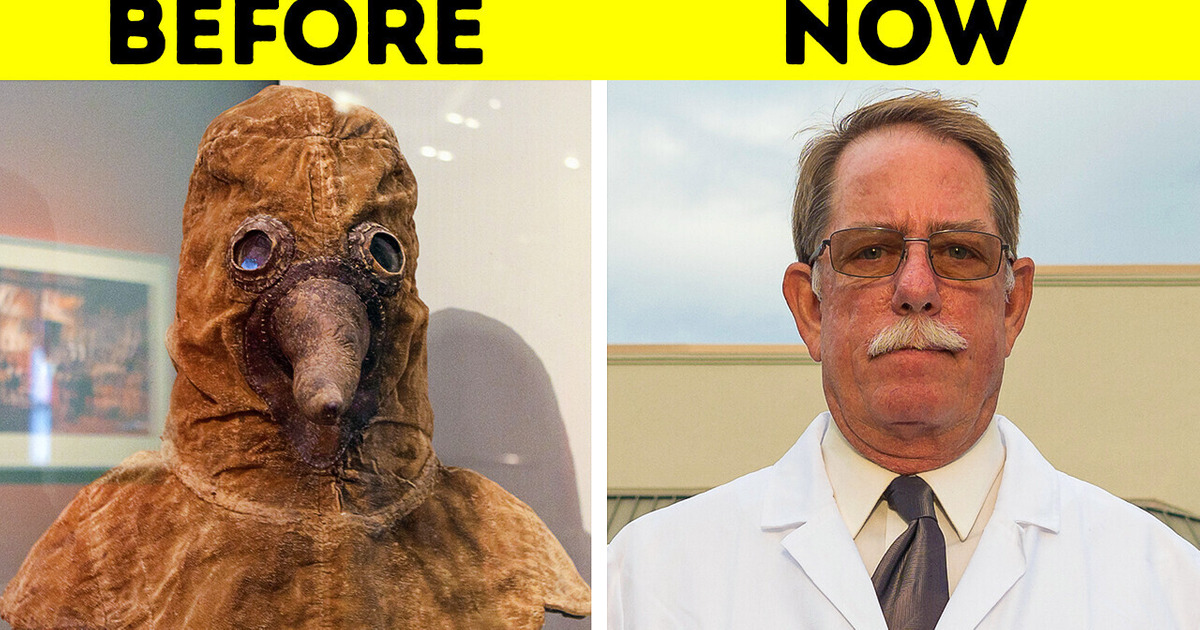
I bet you’ve got an antiseptic or a pack of antibacterial wet wipes in your bag. Once the germ theory got known to the public, people started being quite careful about hygiene. But back in the day, no one knew anything about germs and the physicians back then strongly believed it was poisoned air that people needed to be careful about. Therefore, a special outfit was invented.
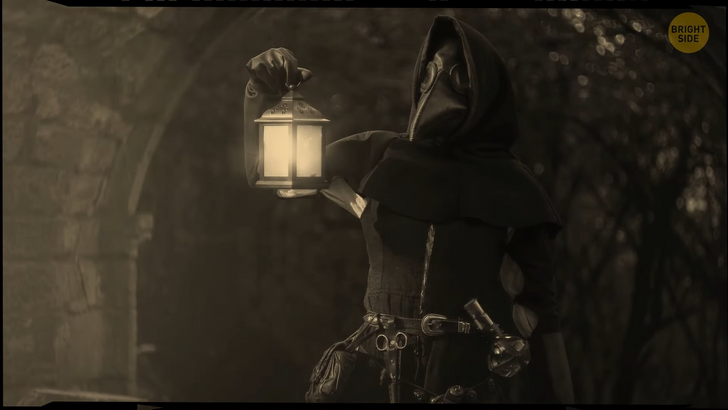
The doctors believed that the beak protected them from bad air. Plus, there was another theory on how to protect oneself from germs. People would carry various incense as their sweet smell was believed to help protect from bad air too. Also, bouquets of flowers were quite popular. Many doctors were sure that holding a posy of flowers to the nose kept away all bad health conditions. I guess they’d say back then “a flower a day keeps the doctor away”, huh?
Another fun fact about those outfits the doctors in Europe wore is that they’re in use even today. Nope, it’s not that there’s a thematic hospital with weirdly-looking doctors, but it’s actually a traditional carnival costume in Venice, Italy.
By the way, bouquets of flowers weren’t the only nice-smelling trends in history. In Ancient Egypt, people would wear wax or perfume cones right on their heads. Rumor has it, it was a sort of ancient deodorant, as those cones were probably aimed at concealing body odor. The cones were typically placed on top of wigs, and as the cones melted under the hot Egyptian sun, they would release a sweet smell.
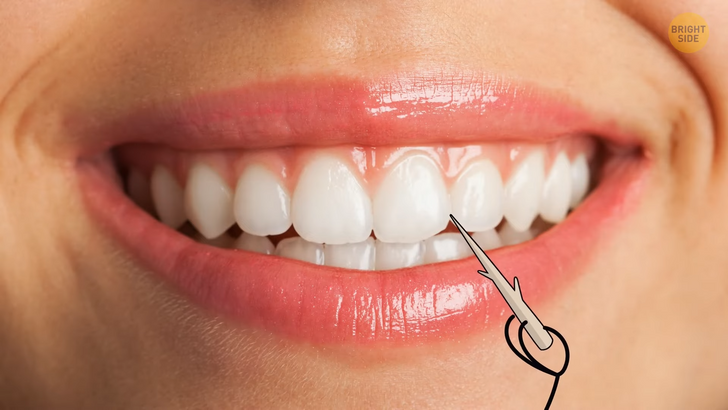
About 5 millenniums ago people in Egypt, Greece, and other ancient countries would fray a small twig to clean in between their teeth. Some scientists say that these twigs had the other end sharpened and people used it as a toothpick. Also, to keep their breath fresh, the Egyptians used makeshift mints.
For instance, some of them would chew parsley or some other herbs after meals and sometimes during the day. Plus, they made mints of herbs and spices and used cinnamon, pine seeds, and frankincense. To sorta glue all the ingredients together, they usually used honey. In the end, they shaped them as candies with the help of fire.
Cleopatra had her trademark eye makeup look and in fact, Egyptians were the first people to invent mascara. They’d mix honey, soot, water, and ... crocodile dung (ugh!). They’d apply this crazy mix right onto their lashes and brows. It probably didn’t have a sweet scent, but at least it was safe, unlike the toxic eyeliner they invented that contained lead.
In the ancient world, clothes had no variety of colors, they were mostly white. But if someone really wanted to rock a colorful outfit, they needed to prepare it for dying using insects. It’s not a thing of the past, though: every time you grab a couple of sugar-coated candies, remember there’s some carmine made from beetles lurking behind that cheerful color (same goes for bright lipsticks, too).
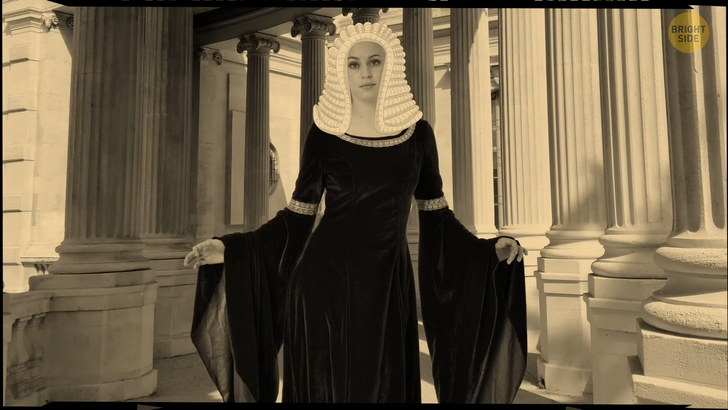
Going back to weird ancient fashion! Not only the people back then had weirdly shaped masks, but they also had weirdly shaped clothes. I’m talking about Bliauts. Those were the dresses with extreme sleeves. They were usually floor-length, and, obviously, those who wore them were totally helpless.
They couldn’t perform even the simplest tasks, but there was some thought behind it: those sleeves symbolized that the person was rich enough to afford those “inactive hands” and that there was someone to help them do all the necessary things. Bliaut dresses were trendy between the 11th and 13th centuries.
Now, look here. These shoes with super pointy and extremely long tips were one of the hottest trends in 15th-century Europe! They were called Crakows because the design originated in the town of Kraków, Poland. There wasn’t really any sense or purpose of those shoes — reportedly, it was all about fashion. Come on, don’t be surprised — super long and pointy shoes were trendy even in the 90s and 00s.
Historians believe that Crakows weren’t quite comfortable. The toes were supposed to be stuffed, otherwise, they would have had zero rigidity and shape. There are some surviving examples of those shoes. One in London reveals there was moss in the toes. Also, according to an Italian chronicler, these type of shoes were often stuffed with horsehair. Apparently, the shoes weren’t quite practical and quickly fell out of style.
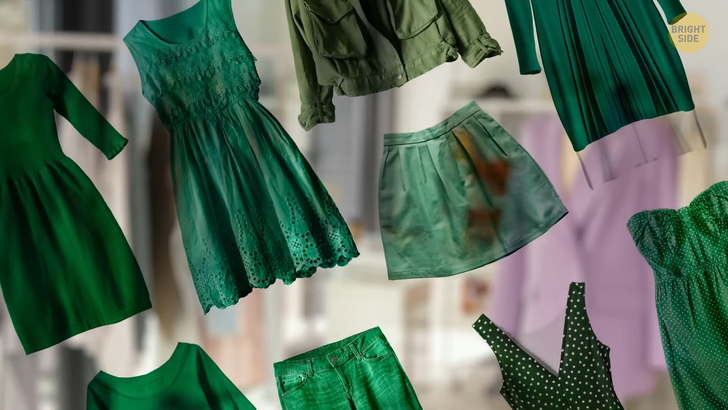
Are you into bright and vivid colors? People throughout history have shown much admiration for vibrant colors, so it’s no wonder they wanted to make their outfits as bright as possible. In most cases, it was really expensive. But sometimes it was both expensive and super dangerous. Like, in Victorian Era England people loved a bottle-green color, and many women wanted to have a bottle-green dress. To achieve that shade though, people used arsenic. Yikes!
However, those fancy dresses were mainly worn on special occasions, so women weren’t often in constant contact with arsenic. Still, even limited exposure could provoke undesired consequences. For a perfect look, it was cool to dye one’s hair chestnut brown — the trendiest color of that era. Sulfuric acid worked wonders, and could turn even the blackest hair lighter, but it was super toxic.
Mercury was used for clothing too. Hats were made of fur, and hatmakers would use this toxic metal to stick that fur together so that it formed felt. People who wore them inhaled toxic gases produced by such hats and the consequences were unpredictable. Because it affected the central nervous system.
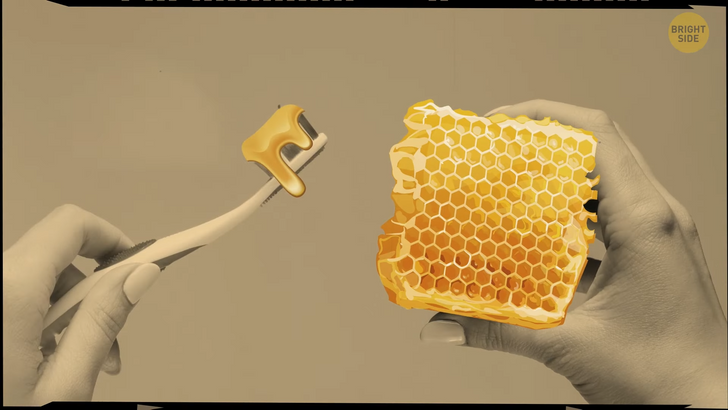
This one is not a type of pasta, but another fashion trend of the past (that didn’t make it through until now unlike yummy pasta). If you even wanna try macaroni style, make sure you:
— Live in the mid-18th century
— Have an enormously exaggerated Empire State Building high wig adorned with a teeny tiny hat and don’t forget a feather on top!;
— Wear bright stockings, preferably striped;
— Wear pants, the tighter, the better. Ideally, they should be just like leggings, but remember there was no Lycra back then; To polish things up, add a walking cane and sophisticated manners. Almost forgot: get ready to be mocked about your exquisite style for the next few decades or even centuries.
Tudor England had some fashion trends people wouldn’t ever understand. Today, some people shell out thousands of dollars to make their smiles impeccably white and shiny, but back in Tudor England times, women would blacken their teeth on purpose to seem wealthy. Sugar was pricey and hard to find, and very few people could afford it. It was widely believed that the more sugar you ate, the blacker your teeth were — which was an obvious sign of wealth. Historians believe honey was sometimes used as a toothpaste.
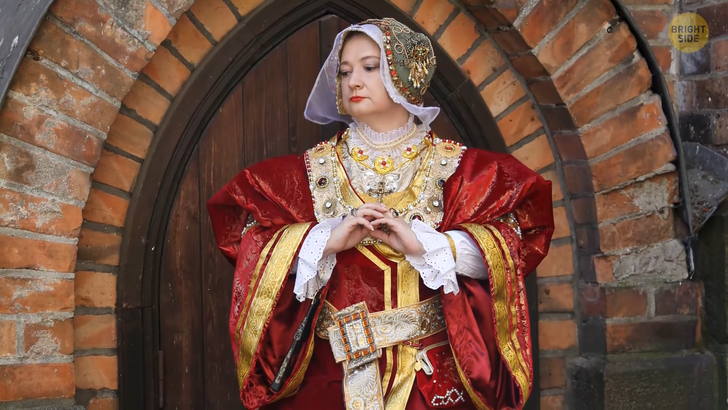
If you think black teeth alone aren’t enough to feel like a true Tudor, try rocking bombast — but you’ll probably feel more like a teddy bear, not like the queen of England. Back in the 16th century, both men and women would use all sorts of things to stuff their sleeves — it could be cotton, wool, sawdust, ....socks?
They did their best to accentuate their arms to make them look strong and sporty. The more sleeve stuffing you’ve got — the stronger you seem! Some men would stuff the area around their calves and even bellies to look more muscular. Now add a ruffle around your neck, supported by a metal corset to preserve impeccable shape — and — voilà! You’re a true Tudor.
In the 19th century United States, arsenic was mainly used for cosmetic purposes. Manufacturers would add it to wafers, promising that their product would help get rid of any facial imperfections. The amount of arsenic added did help clear the skin and make it paler, but veggies and fruit sound like a nicer option today. Radioactive cream didn’t sound wild at all at the beginning of the 20th century. This radium-rich product was supposed to wipe away all your wrinkles and make anyone who used it at least 20 years younger.







